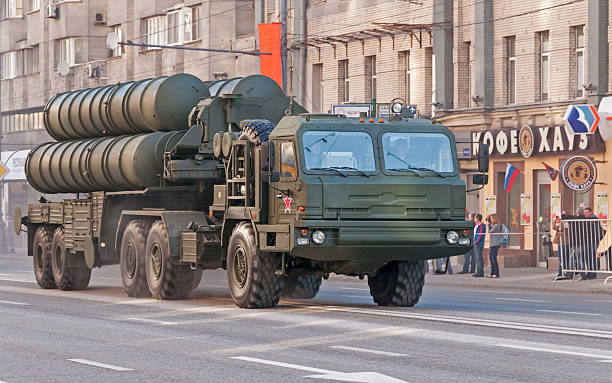
Why does a $40 diode that costs $88 hurt its maker into bankruptcy? Russia’s defense industry is discovering the hard way. The just collapse of Optron-Stavropol, Russia’s only producer of essential power semiconductors for MiG, Su, and Tu aircraft, signals a deeper crisis than a short-term glitch in the supply chain. To defense policy nerds and policymakers, the debacle isn’t just a story about one company’s failure it’s a glimpse into the mounting burdens constricting Russia’s military-industrial complex in 2025. This listicle breaks down the most important events and underlying dynamics, ranging from state contract distortions to the broader implications for Russian military preparedness and international semiconductor geopolitics.
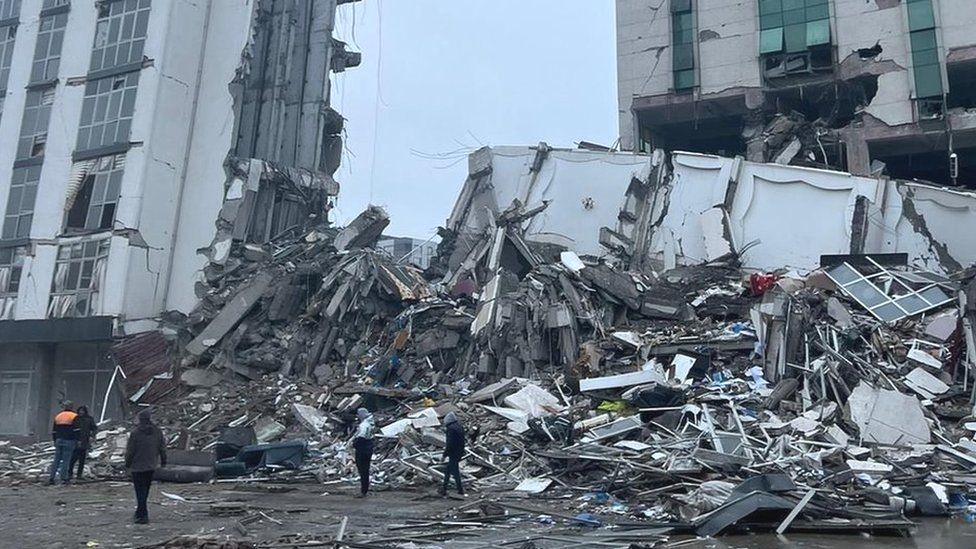
1. Optron-Stavropol’s Collapse: A Microcosm of Systemic Failure
Optron-Stavropol’s closure is more than a bankruptcy of a company it’s an indicator of Russia’s defense industry. The company, whose power semiconductors went into almost every new Russian military aircraft, halted production in March 2025 after it had incurred more than 230 million rubles in debts. CEO Pavel Bondarenko summarized the cause in simple words: “The company can’t cover costs and has been forced to reduce staff,” he told CNews, citing state contracts that are forcing below-cost sales here. With frozen accounts and suspended deliveries, the shut-down caused a massive gap in the supply chain for MiG, Su, Tu, and even civilian MC-21 planes.
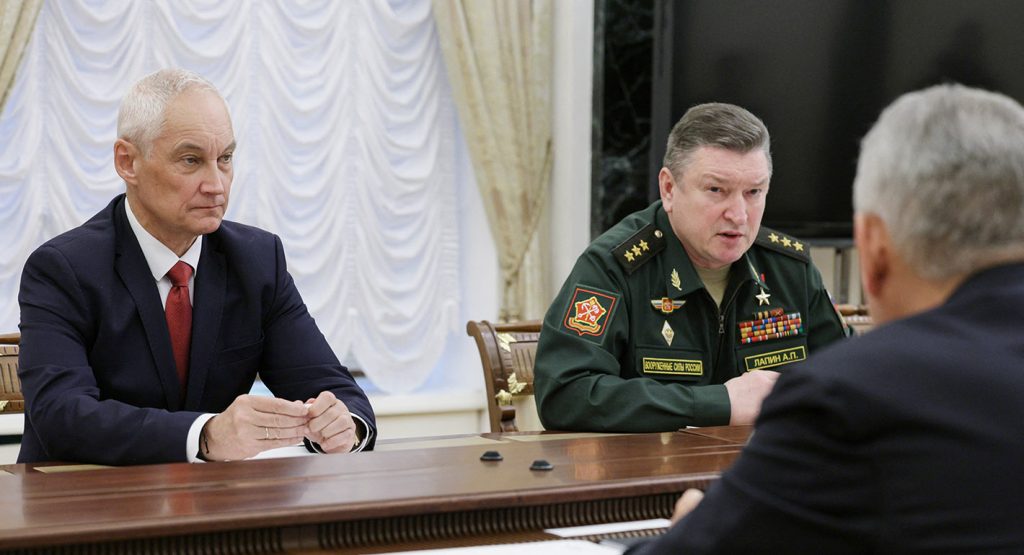
2. State Contracts: When ‘Guaranteed’ Business Means Guaranteed Losses
Russian law obliges defense vendors to accept the prices established by the state, normally much less than actual production costs. In Optron-Stavropol’s case, one diode was priced at 2,600 rubles ($33) by the Defence Ministry even as production costs were 3,600 rubles ($46) here. Such pricing strategy was meant to keep defense expenditures in check but has landed the company in perennial losses and dismissals. As Alexei Novosyolov, general director of PKK Milandr, explained to CNews, “The Defense Ministry demands that the minimum possible cost be factored into pricing, and its representatives have the tendency to abuse this negotiating trump card, thereby putting producers at a loss of money.”
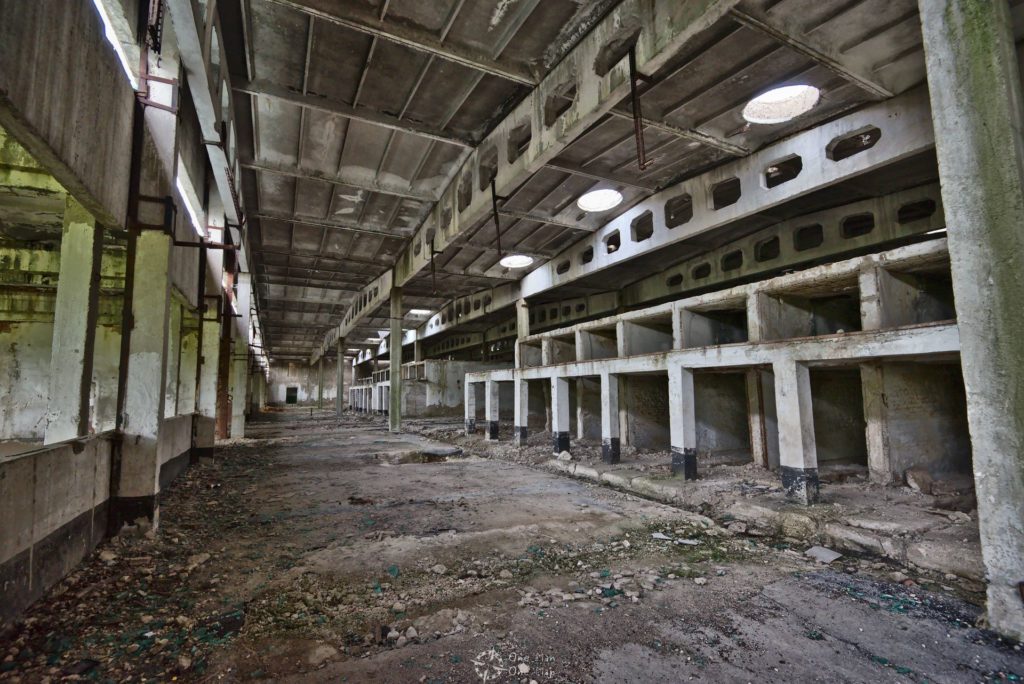
3. Sanctions and the Squeeze on Supply Chain
Western sanctions have made it nearly impossible for Russia to import advanced electronic components, which has been followed by a switch to local manufacturing that has proved unsustainable. Despite the fact that the Russian government has been spending a lot on defense, the lack of foreign parts has caused factories to rely on outdated Soviet-era technologies locally. The impact: not only are the assembly lines for new aircraft coming to a standstill, but the general level of sophistication and quality of Russian military hardware is declining. The shutdown of Optron-Stavropol demonstrates how sanctions, together with stringent state procurement, have rendered critical nodes in the defense value chain vulnerable and weak.
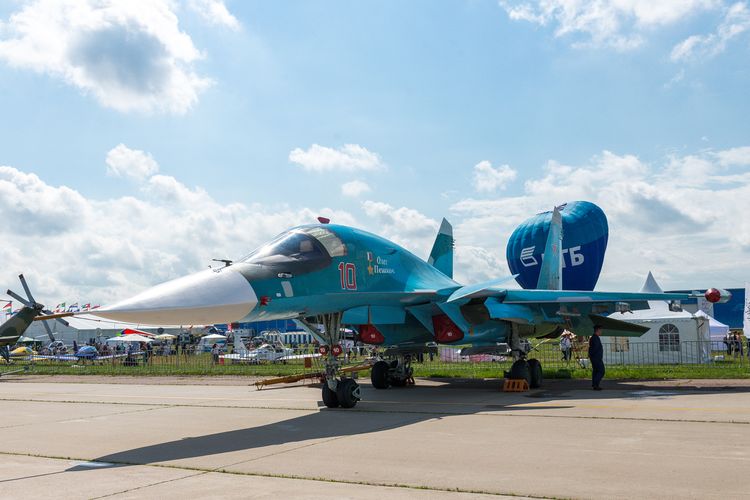
4. The Domino Effect: Military Aircraft Production Grinds to a Halt
Optron-Stavropol’s failure resonates across all the Russian aviation sector. As the sole manufacturer of vital power semiconductors, its closure has halted production lines for MiG, Su, and Tu aircraft. ISW informs that Russia’s Kazan Aviation Plant, which was tasked with making strategic bombers, yielded just four planes in 2024 far less than planned due to a lack of foreign parts and labor here. The ripple effect would delay or halt new platform introductions, which would stifle Russia’s ability to resupply losses in Ukraine or project airpower beyond it.

5. Wartime Economy or Financial Quagmire?
Despite record defense budgets now 7% of GDP Russia’s military-industrial complex is under severe financial strain. High interest rates (21%) to restrain inflation have made borrowing exorbitantly expensive for producers, while state orders guarantee losses rather than profits here. Therefore, even massive state injections cannot compensate for the systemic weaknesses in the system. Money squeeze is so severe that, as a Moscow analyst pointed out, “many more such forced closures and bankruptcies are probably in the offing.”
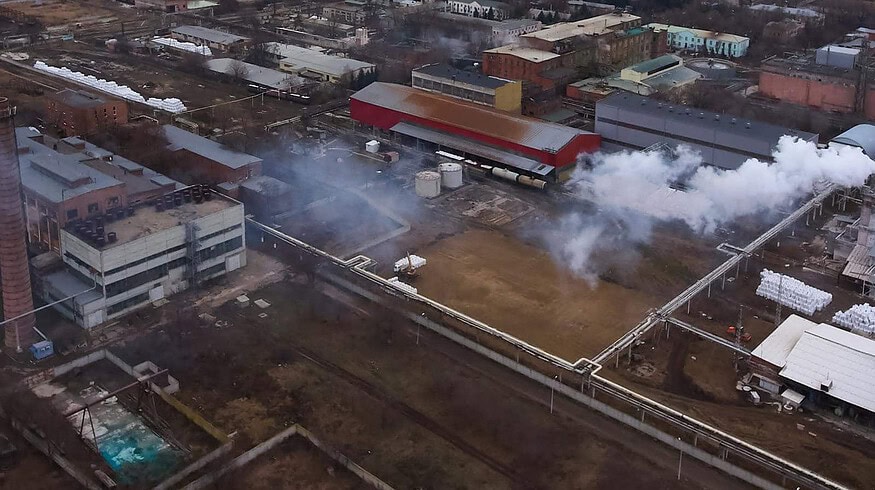
6. The Substitution Trap: Self-Sufficiency Backfires
Russia’s import substitution drive once touted as the path to military independence is now uncovering new vulnerabilities. While the Kremlin had claimed that local producers would fill gaps left by Western imports, the Optron-Stavropol example demonstrates the fragility of such arrangements. One lost specialised producer can bring entire arms programs to a standstill here. Production of fresh warplanes is decelerating, and the air force increasingly depends on overhauling and modernising Soviet-era aircraft a tendency that can erode Russia’s defense of its airspace as well as operational manoeuvrability.

7. The Global Semiconductor Chessboard: Russia’s Place Shrinks
The Optron-Stavropol crisis is intended to make clear Russia’s precarious place in the global semiconductor chain. Whereas the US, Taiwan, and South Korea hold virtual monopolies over advanced chip production, Russia’s efforts to create a vertically integrated supply chain here have broken under sanctions and technical impediments. As Western nations double down on domestic semiconductor investment and increase export controls, Russia is further isolated, shut off from the high-end components that enable modern military and civilian technology.

8. Policy Implications: When State Control Ruins Industry
The collapse of Optron-Stavropol issues a cautionary note regarding the unintended consequences of tight state management of defense procurement. Having no effective choice and being prohibited from turning down state orders, suppliers are in a no-win situation: sign unprofitable contracts and go bankrupt, or challenge the state and be sanctioned. As Ivan Pokrovsky of the Russian Association of Electronics Developers and Manufacturers noted, “These technologies are not competitive outside defense contracts.” Unless corrected, other providers will join Optron-Stavropol into oblivion, decreasing the defense industrial base even further.
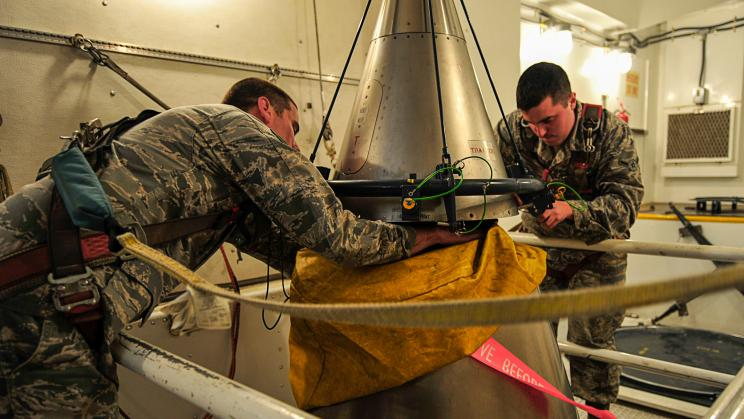
9. Strategic Implications: Fading Arsenal and Narrowing Leverage
The strategic implications for defense policymakers extend far beyond Russia’s borders. The atrophy of Russia’s war-making industrial strength especially in advanced technologies weakens its ability to survive protracted conflict or browbeat rivals with superior weapons. As Western sanctions take hold more deeply and vulnerabilities in supply chains multiply, Russia’s bargaining power in future security negotiations may erode. The Optron-Stavropol fiasco is more than a business failure; it is a canary in the cage that heralds deeper structural frailty in one of the globe’s largest military-industrial complexes.
The closure of Optron-Stavropol is a stark indication of how economic policy, sanctions, and supply chain susceptibility can coalesce to imperil even the most entrenched defense industries. The lesson for policymakers and analysts alike is clear: it takes not just money and manpower to sustain a modern military, but also robust, responsive supply chains and procurement policies that reward not punish innovation and efficiency. As the Russian experience illustrates, neglecting these fundamentals can convert strategic assets to strategic liabilities with repercussions ringing out far beyond the shop floor.

